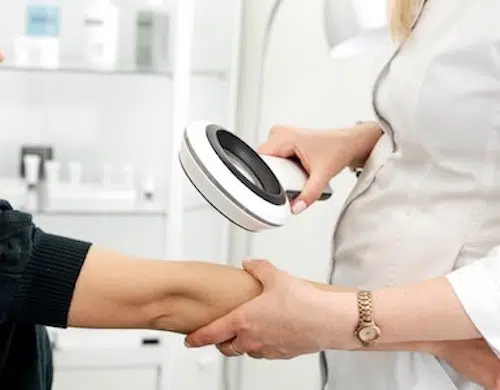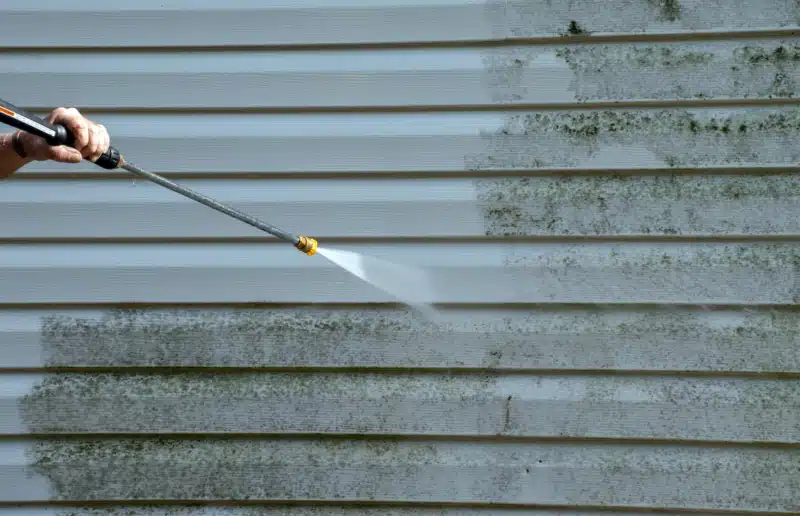
Skin Allergy Testing
This is less invasive than blood tests and is a good alternative for patients who don’t like needles.
learn moreCondition content was medically reviewed by an AllerVie Health physician in Oct. 2022.
Exposure more often occurs from inhaling or contact with mold spores, which can trigger allergic symptoms such as coughing, sneezing, runny/stuffy nose, or itchy eyes.
If your reaction is more severe or if you are exposed to high-levels of mold, you may even find it hard to breathe as your airways spasm and tighten. There are many types of molds, but only a few cause mold allergies.
Although molds can grow year-round, peak-season is late summer to early fall when temperatures are warmer and humidity levels are higher.
Outdoor Mold
Mold thrives in outdoor environments and can be seen growing on a variety of organic matter, including rotting wood, dead leaves, compost, and even grains and grasses.
Indoor Mold
Indoors, mold thrives in humid areas including basements, bathrooms, kitchens, laundry rooms, and carpeted areas. Given the correct conditions, mold can quickly spread across a house, but there are measures to prevent this.
The symptoms of mold allergy are very similar to the symptoms of pollen allergy. Symptoms of mold allergy include:
For those with asthma, mold allergy can trigger asthma exacerbations with symptoms such as:

There are many types of molds, but only certain ones cause allergies. If you have an allergy to one type of mold you won’t necessarily be allergic to another.
Molds that most often trigger allergies include Alternaria, Aspergillus, Cladosporium, and Penicillium.
Family history of allergies
Work that exposes you to mold.
Higher-risk jobs include farming, dairy work, logging, baking, millwork, carpentry, greenhouse work, winemaking and furniture repair
Living and/or sleeping in damp environments
indoor humidity higher than 50% can increase mold levels
We have allergy specialists who can check for mold sensitivities. You’ll need to describe the symptoms you’ve been having and when you first noticed them. Both your job and home settings should be described in detail.
The allergist will perform diagnostic testing, such as a skin prick test or a blood allergy test, to determine if you are allergic to mold. Depending on the outcomes, more testing may be recommended and a treatment plan will be developed.

Skin Allergy Testing
This is less invasive than blood tests and is a good alternative for patients who don’t like needles.
learn more
Blood Testing for Allergies
Blood tests can tell if someone has allergies by finding antibodies in the blood that react to allergens.
learn moreControlling and preventing exposure to mold are the easiest and most effective ways to address mold allergies.
Steps to control mold in your home include:
If you have water damage/visible moldy areas (beyond the normal mildew sometimes seen on window sills, bathroom/kitchen grout, etc.) it is recommended that you consult with a professional remediation service.